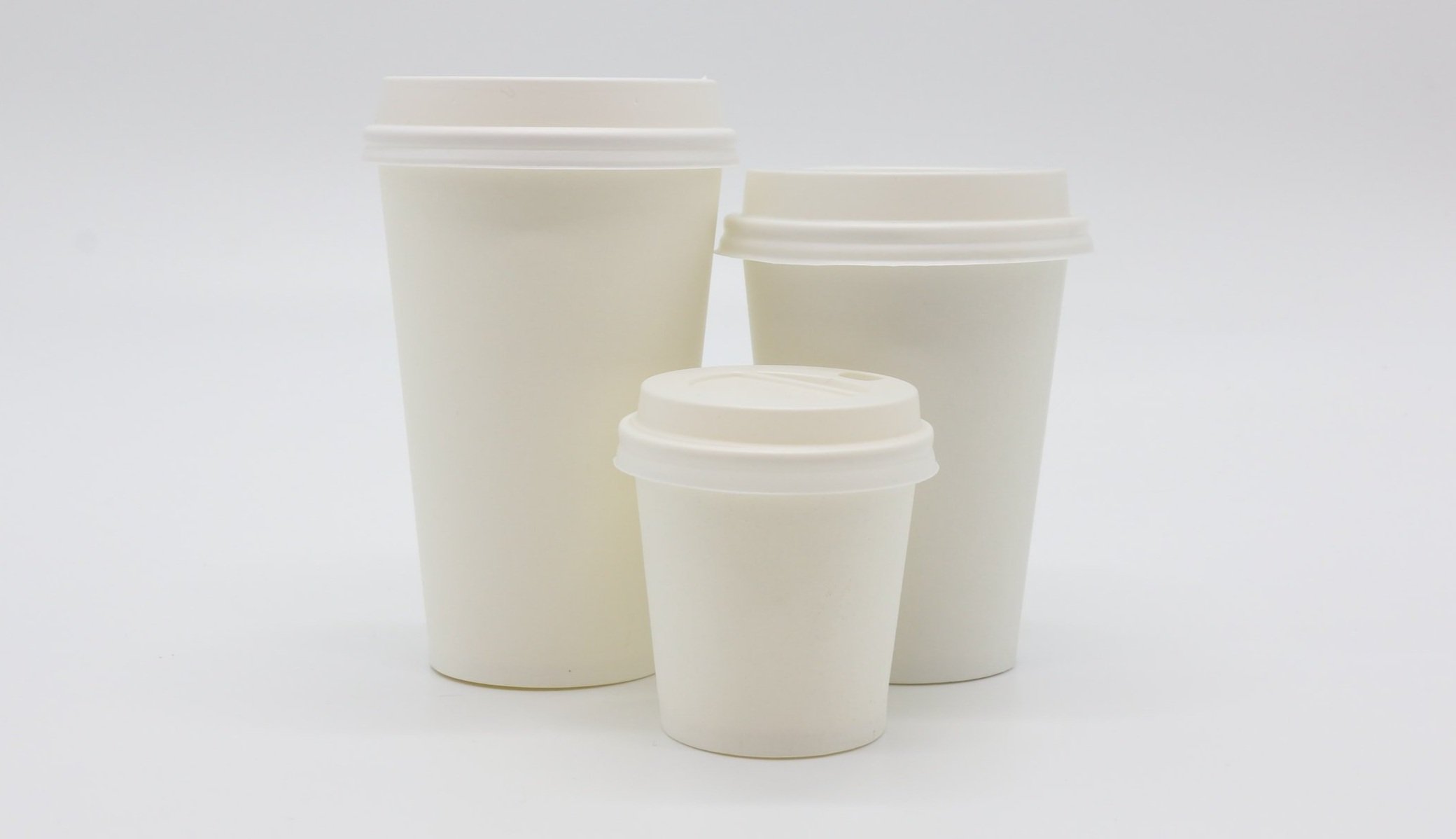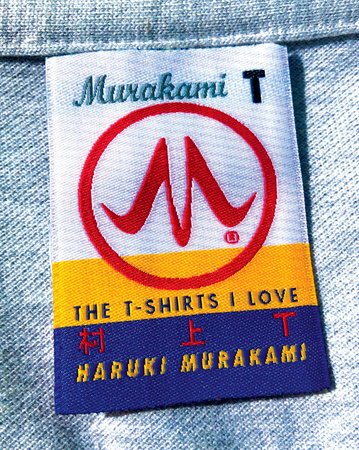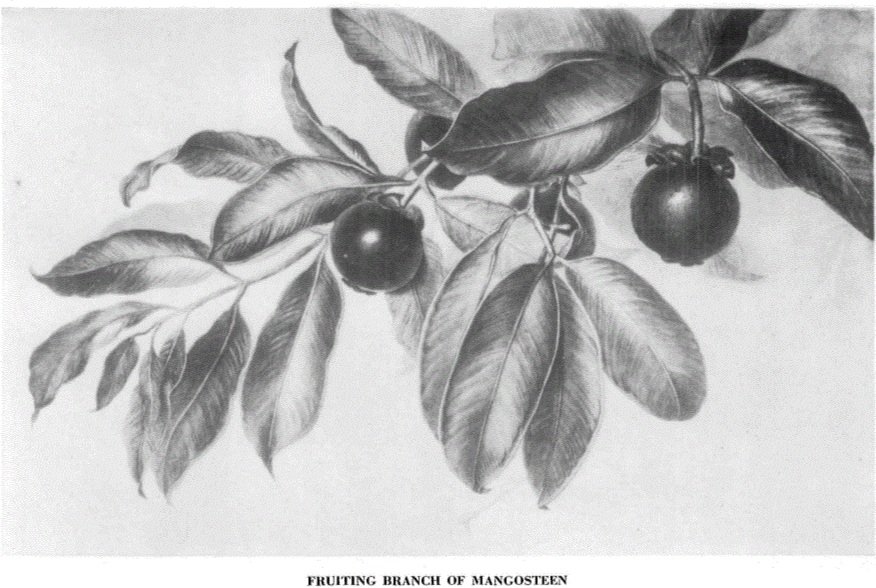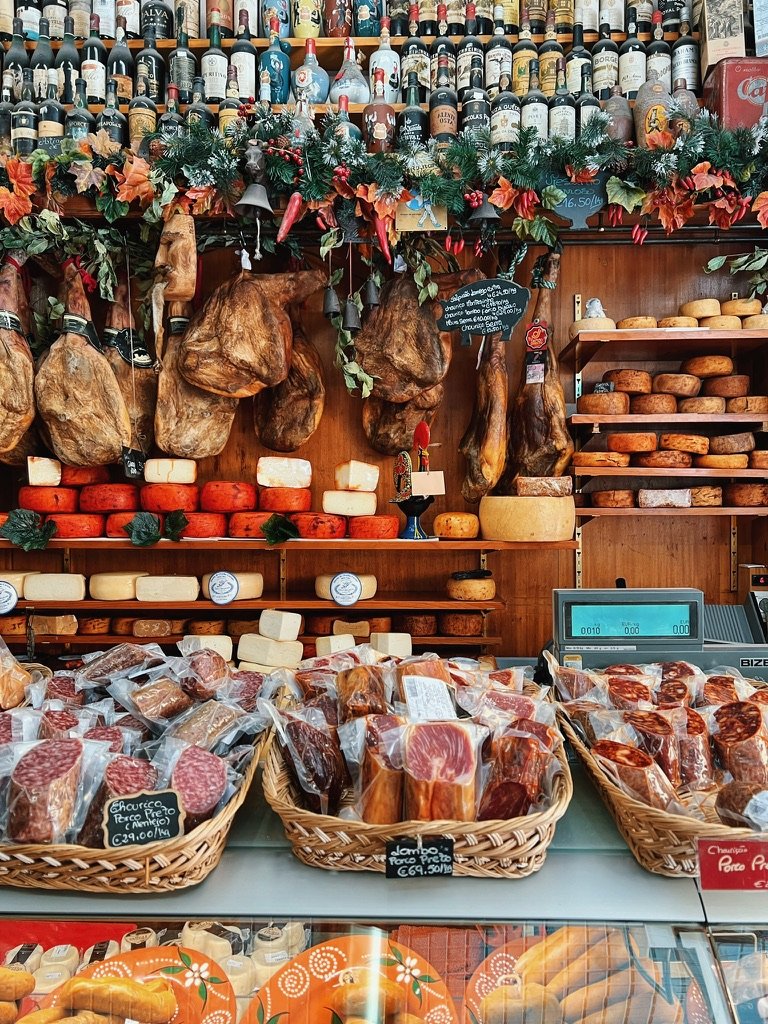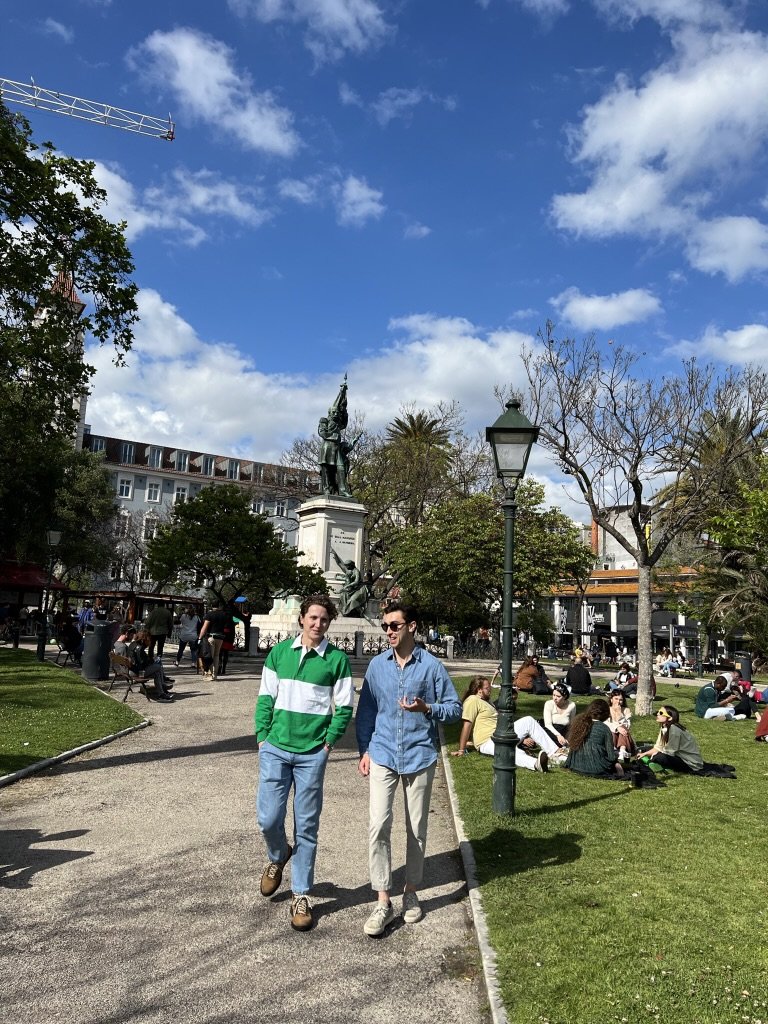Look, I’ll be honest with you: it’s simply harder and harder to get in the zone. Short-form video content claws for your attention from all directions, and once-menial tasks that required a specific type of focus can largely be handled by AI. So against this backdrop, it’s especially rewarding to experience — or even witness — a true flow state.
One of the best things to do in New York City toward the end of August is hop on the 7 train out to the U.S. Open qualifying rounds after work. The commercial side of the Open, during its official main draw days, can at times be hard to stomach; there’s always great tennis, but to take it in up close, you must shell out for overpriced tickets, wade through many influencer activation tents, and avoid stepping on the remnants of made-for-Instagram cocktail cups. Qualifying week, though, is something quite different — all the intensity and grit of a Challenger-level tournament with higher stakes and nicer courts. Plus, it’s free.
With any luck, you just might catch the next big thing in tennis ripping blistering forehands ten feet away. (Case in point: I once saw João Fonseca go down in R3, but it didn’t matter. Everyone in attendance knew the kid had something special by the sound of the ball coming off his bright-red racquet.)
It was here, last August, that I experienced an instance of ‘in the zone’-ness that has stuck with me since. A group of rowdy associates in pressed shirts had assembled at Court 13 to support an American named Tyler Zink, who played college ball at Oklahoma State and possesses an impressive all-court game. When I made my way over, Zink seemed firmly in control of Rei Sakamoto, a 6-foot-4, nineteen-year-old slugger who trained at Florida’s IMG Academy by way of Nagoya, Japan. Deep into the second set, things seemed dire for Sakamoto, with Zink serving for the match at 5-1.
After narrowly avoiding dismissal in that very game via Zink’s high-bouncing kickers, Sakamoto’s fortune shifted. Inch by inch, he harnessed the power of a momentum transfer and began swinging with abandon; a flat down-the-line backhand here, a drop-volley winner there, and a certain swag that began to silence the overwhelmingly American-leaning crowd. Over the next hour, he deflected 6 match points from Zink, ultimately edging him out in a ludicrously long match point in the deciding set’s tiebreak. Final score: 4-6, 7-5, 7-6(8).
When it was all said and done and the clock neared 11 PM, Sakamoto got to one knee and delivered a samurai-style bow. I left feeling inspired, vowing to channel that level of unfailing focus into either recreational tennis or my professional life (TBD on which is more important). Soon after, I was introduced to this perfect piece of driving techno by John Tejada, which I think captures the feeling well. Happy focusing to you.

